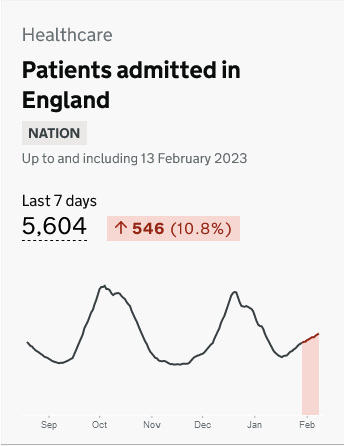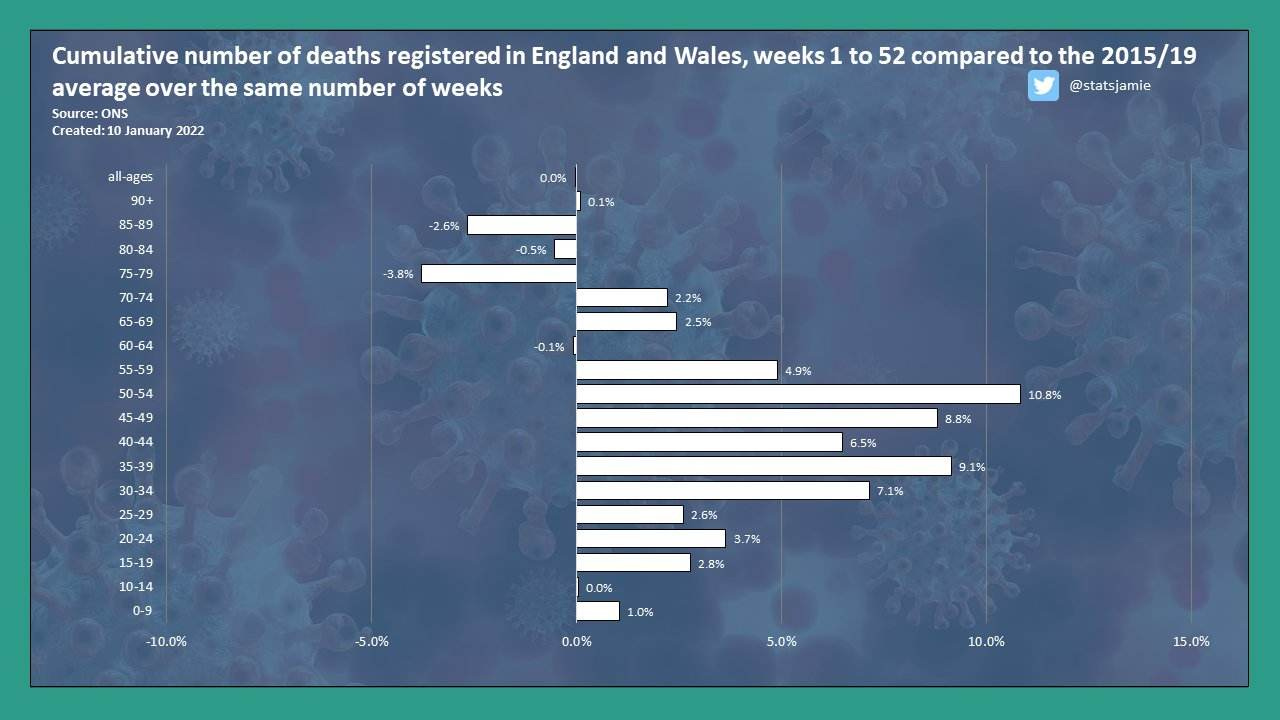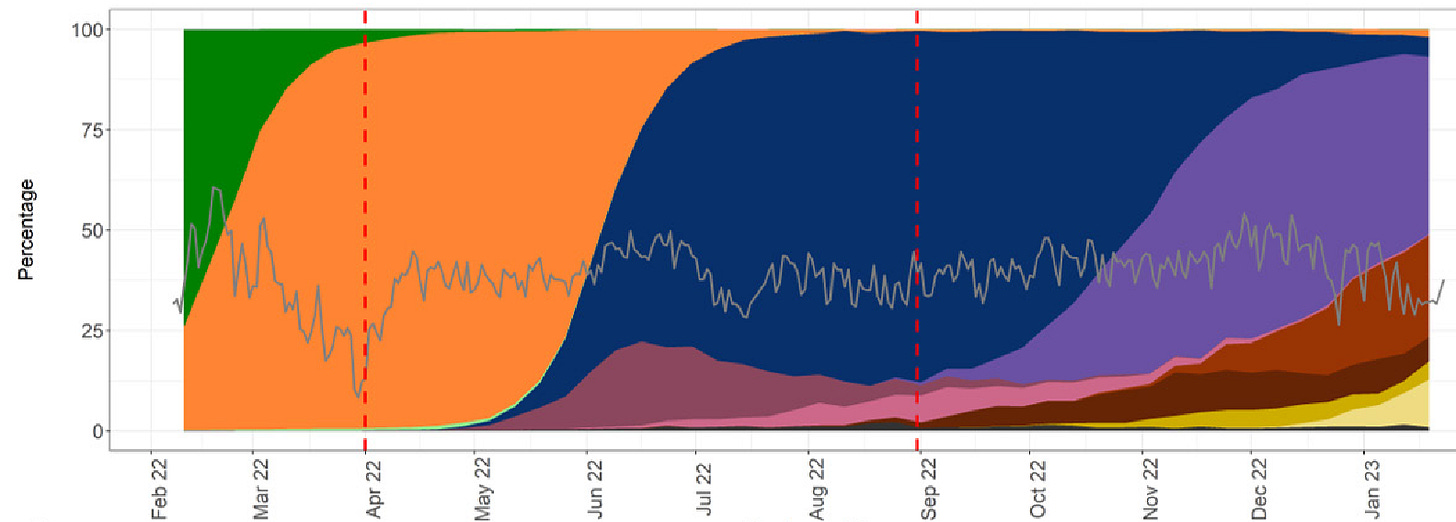United Kingdom Update- Insights from Latest Data
What's included: Long COVID, Testing, Cases, Hospitalizations, Deaths, Excess Deaths, and Variants updates.
Long COVID
According to ONS data, an estimated 2.0 million people in the UK (3.0% of the population) were experiencing self-reported Long COVID as of 2 January 2023. This is probably only a small part of the total number of people whose health is affected by long-term problems. Over half (61%) reported experiencing Long COVID symptoms for at least one year. Over one-third (35%) reported experiencing symptoms for at least two years.
Self-reported Long COVID was more prevalent in:
those aged 35 to 69 years (working age and often parents of school age children)
females
those working in social care. (education, social and health services are more exposed)
The most common Long COVID symptom continued to be fatigue (71% of those with self-reported long COVID), followed by difficulty concentrating (52%), shortness of breath (48%) and muscle ache (47%). Symptoms adversely affected the day-to-day activities of 1.5 million people, or 77% of those with self-reported long COVID.
Age-sex distribution of all COVID-19 cases for the past 4 weeks in England (9 January 2023 to 5 February 2023)
Note that women in the 30- to 60 year old age group are experiencing the most new cases.
Testing, Cases and Hospitalizations
Testing is declining further. Hospitalizations have increased by 10.8%, with 5,604 new hospitalizations in the past 7 days. The Zoe Health Study estimates that 1,272,442 people currently have symptoms, and that number is increasing.


The number of people infected in each wave continues to increase.
The estimated percentages of people infected with COVID-19 in each separate period when different variants were most common, are:
7.0% in the pre-Alpha period (26 April until 7 December 2020)
8.1% in the Alpha period (8 December 2020 until 17 May 2021)
24.2% in the Delta period (18 May until 13 December 2021)
33.6% in the BA.1 period (14 December 2021 until 21 February 2022)
43.6% in the in BA.2 period (22 February until 6 June 2022)
46.5% in the BA.4 or BA.5 period (7 June until 11 November 2022)
This is showing that each new variant has been getting better and better at defeating antibodies and our immune system so that it can persist for a longer period of time in our bodies, allowing it to mutate around treatments, and when lucky, meet another variant so they can have children.
Last updated: 9 February 2023
Deaths in the United Kingdom
What the graph above doesn’t show is that the largest amount of excess mortality is occurring in the 30- to 60-year-old age group. It is not a coincidence that the group being infected more often and suffering the most from Long COVID, is in the same age group seeing more excess deaths.

These excess deaths are not being recorded as COVID because they are heart attacks, strokes, and other causes that occur after the acute phase has been resolved (no more symptoms, and no longer testing positive). To find out more about what is causing the excess deaths, read the article posted below.
COVID Deaths with no pre-existing conditions decreased slightly between July to September 2022 and October to December 2022
The proportion of death certificates where the death was due to COVID-19 that had a top 10 (by frequency) pre-existing condition, October to December 2022, England and Wales
Variant Update
Variant prevalence (UKHSA designated variant definitions only) of available sequenced cases for England from 7 February 2022 to 29 January 2023
XBB.1.5 is expanding at a faster pace than CH.1.1, and based on the international view, XBB.1.5 is likely to push ahead and become dominant, unless CH.1.1 adds some mutations.
The media and public health sources would like us to believe that COVID has become less dangerous and is not a significant concern. The media reports have dwindled to nearly zero. It is important to have completely independent views that are not beholden to large donors, political parties, or any other groups. Help support this work by becoming a paid subscriber today. Thank you for your support.













